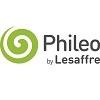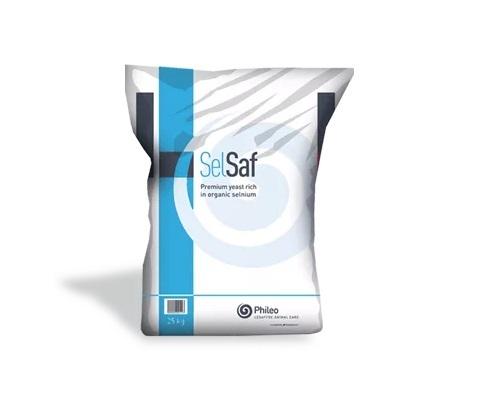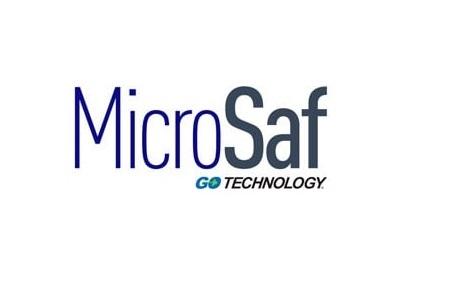
How to alleviate heat stress in poultry
What is the specific mechanism in alleviating heat stress? How does this yeast extract work?
Hi,
Heat stress can be reduced through
1 house orientation is east - west
2 roof insulation
3 painting of roof to white colour
4 dipping birds into water
5 good ventilation is wide windows
6 cooling system provision
7planting of trees and long raves
8 vit c in drinking water etc
Thanks
There are no medicines which will alleviate heat when temperature go up. The authors ate theoretically correct but not enough to produce results.
Try and reduce the house temperature to below 30c. Don't waste money on concoctions.
We use foggers air circulators wet the drip curtains on sided. Some operate evaporative cooling/ tunnel ventilation for two months. Good for dry weather areas.
We used vitamin C antipyretics etc. just eyewash. Nondescript herbal concoctions earned a lot of money for the companies in the first usage. Nobody bought again but the earnings are enough for life.
Gut dysfunction due to heat stress is only one aspect of it, there is anion cation imbalance, respiratory Alkalosis and etc the right decision is to correct the environment condition in poultry house about temperature and ventilation but after heat stress we are faced whit structural change and growth of harmful bacteria in intestine and have to be prevention or treated, hence in tropical area have to use feed additives like betaine and this new product to alleviate the problem .
We have experienced high mortality in broiler flocks in houses where a fatal combination of high temperatures and humidity was prevailing. With some management efforts, introducing salcellic acid, vitamin C and lowering drinking water temperature helped to alleviate the problem.
Facing big problems, high mortality. swelling of kidney, liver size in large, and discolored. age 33 day weight 1.5 kg broiler. If anyone knows the cause, please advise.
Dear Rustam Ali,
As we know that the incorporation of oils in the feed of broilers as energy content put lots of pressure on liver and kidney for metabolism especially in summer conditions with high ambient temperature. Please check the oil content of the feed, also check the sign of fatty liver by post mortem. To support the liver and reduce mortality it is very necessary to give tiver tonic in the feed especially in summer or in the area with high ambient temperature.
Superliv is a product of Ayurvet limited which is 100% natural liver tonic and proves its efficacy in this type of situation.
At present to reduce the mortality add liver tonic in the broiler feed and see the result.
Over 95 of poultry farmers in the South Sahara Africa will not be able to invest in close environmental houses where the effect of heat stress on poultry is highly compromised
We are very much concern about the bulk of poultry farmers in this region who often load chicken internal heat with moderate to high energy diets with all the detrimental effect on both broiler and layer efficiency production
Efforts are made in this region to use less heat conducting roofing sheets, as well as proactive measures like planting shady trees, white panting water tankers and regular use if ice cold packs
These methods are in long time usages by farmers with minimal paliatives and especially in many regions and seasons when environmental temperatures could build up as high as 39-42*c and with high overnight humidity
It is a usual observation to record very high mortalities early in the morning following such hugh ambient temperature in the day
It becomes partinent to shift our search on to dietary approach to the management if heat stress ,an approach by using dietary products that can assist in creating internal cell homeostasis and product that can maintain ismolytic regulation if the internal cell integrity ,astsrem that will prevent cekk dehydration which is the major cause of mortality in heat stress
We believe that a good product rich in nethyl radical for donation and have the zwitteriinic characteristics and as ismolytic will help maintain water homeostasis+klasibf et am 200302) without affecting metabolism
We in livestock industry foundation believe in holistic solution to the industry chakkabges and thus include the mitigation if heat stress now more devastating with the climate change upsurge
The research team of LIFA has identified Betaine especially with vitamins as mist appropriate for thus role
As an osmolyte Betaine will enable proteins maintain their stability in the presence of uruc acid concentrations and in high salinity
Tissues will then depend on Betaine as osmolyte and organs like kidney liver,intestines and keucicytes enjoy thus benefits +kkasing et am 2002)
Its thus osmoprotective ability if Betaine that often mitigate if heat stress and prevent the acud-base imbalances that may compromise metabolic actions that ultimately impact in broilers performances and layers and breeders performances
Besides all the above Betaine complement recovery from coccidiosis by improving the intestinal vili growth for proper absorption
LIFA in Nigeria will vigorously promote the alternate use of this product in South Sahara Africa
Already efforts are on to promote a Betaine vitamin mineral oremux in Africa for the mitigation of this great threat to the poultry industry if thus region.
I conclude that in the tropics dietary approach to the management if gear stress is nothing but sound wisdom that farmers with open sided housing structures must embrace.
Hi, Laurine hope you will be fine. In our conditions, farmers raised their birds in open sided houses. In summer average environmental temperature is around above 40 Celsius. In open houses, it is difficult to control heat stress. My question is that how yeast can control the heat stress in birds reared in open houses?
Heat management in open sided tropical houses must focus on palliative environmental measures as mentioned by many contributors on this discussion, and mist critically us the inclusion of potent dietary products in duets to ensure homeostasis, low rectal temoeration and enhance methylation processes.
We in the tropics need to drastically mitigate internal heat liad in very hot climate and in hot seasons
In combination to this management strategy will be the installation of humidifier in the nights to lower night high humidity, while cross ventilation is encouraged for heat blow out from pens.
An NGO in Nigeria Livestock industry foundation for Africa( LIFA) is promoting advocacy and knowledge sharing on the use if osmolites like Betaine in the conventional mitigation if heat stress in the tropical climate.
Dr Talapaneni
Please read more about Betaine composition and its biochemical reactions as a potent mrthyk donor like methionine and its ismoregulatory roles
Read about Betaine in relation to nitric acid formation and see the role if nitric acid in cardiovascular efficient
Read about Betaine as an enhancement of fertility in breeders because of its sohrodiasic properties ,and study methylation roles of Betaine in the synthesis of ATP ,what of the role of Betaine in fictional intestinal villi morphology after an outbreak of coccidiosis then you will believe my post on the substitution role if Betaine to methionine and choline chloride, if used at a certain concentration.
Contact me privately to send you further studies
I am not a salesman ,but a seasoned poultry technical consultant of over 40 years in the humid tropical climate, where the effect of heat stress is of great concern to our poultry farmers
I am also the founder of livestock industry foundation for Africa ,a knowledge capitalized livestock NGO in Nigeria
You may follow our activities more on www.lifango.org.





















.jpg&w=3840&q=75)